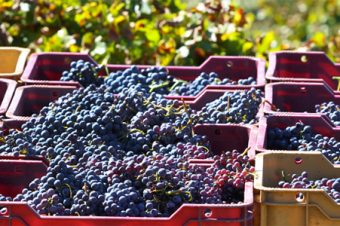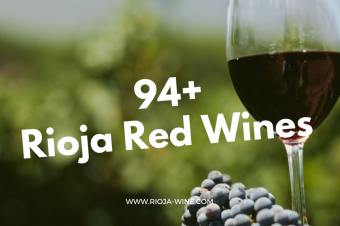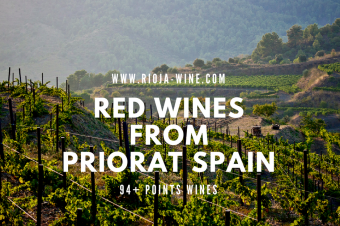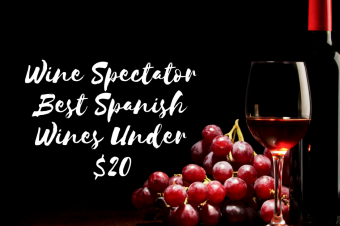Every profession, craft and art has its own language. Wine experts have their own language to discuss the subject of wine and wine making. This glossary of terms will help you make your way through the somewhat confusing world of winespeak.
- Acidic: This refers to 1 of the 3 tastes of a wine. It is not complementary. Acidic means the wine tastes sharp, tart or bitter like lemon juice.
- Aftertaste: This refers to the residual taste left in your mouth after you swallow the wine. Depending upon the context, the aftertaste may indicate a good or poor wine.
- Aroma: This is the recognizable odor, scent or smell of the grapes of the freshly made wine. It is the “perfume” of the specific variety of grape used. Do not confuse aroma with “Bouquet.”
- Aromatic: This term describes pronounced or very distinctive aromas.
- Balance: As the term indicates, balance means all the component of a wine – acid, tannin, alcohol and fruit, are in an equal relationship where none dominates.
- Bitter: One of the 3 tastes of wine. Usually stems from under-ripe grapes or tannin.
- Black Grapes: The description applied to grapes with a reddish, bluish or purplish tinge or hue. Used to make red wine.
- Blend: To mix together 1 or more individual types of wine usually the product of different grape varieties.
- Bottle Age: This refers to the time the wine spends aging or maturing in the bottle.
- Bouquet: This is a more complex smell or perfume. It is the odor of wine aged in the bottle.
- Brix: This is used to measure the level of sugar in the unfermented grape juice.
- Complex: This is used when referring to a wine that has many levels of taste and perfumes. This is a compliment reserved for a very good wine.
- Crisp: Refers to white wines with perceptible acidity. It feels clean. Crisp is the opposite of “soft.”
- Decanting: This refers to taking the wine and pouring it into a carafe or other container just before drinking it. This is done with the intent of removing the sediment from and/or airing the wine. Not all wines require decanting.
- Dry: Dry wines are the opposite of sweet wines.
- Dull: Dull wines are unclear. There is no distinct or distinguishing sense of appearance, aroma or flavor.
- Estate Bottled: The term refers to wine that is grown, produced and bottled by the owner of the vineyard it represents.
- Fermentation: The natural process through which the sugar in grapes become wine.
- Finish: The final taste of the wine.
- Firm: A wine that, as a result of its acidity is structured. The opposite of flabby.
- Flabby: A wine lacking acidity and, therefore, structure and length of finish.
- Fortified: The term applies to wines to which alcohol has been added during fermentation.
- Full-Bodied: The opposite of light. Full wines are weighty in both flavor and texture.
- Jug Wine: Usually cheap wine sold in jugs.
- Length: The actual staying power of a wine’s aftertaste.
- Light-Bodied: The opposite of full-bodied wine. May lack texture but still retain flavor.
- Mouthfeel: This term is a synonym for texture.
- Must: This is the juice of white grapes or the skins of black grapes prior too fermentation.
- Nose: This refers to the smell, aroma or bouquet of the wine.
- Oenophile: A wine lover or connoisseur.
- Proprietary Wine: Wine that has been branded for marketing or recognition factor. Comparable to name-brand products.
- Residual Sugar: Sugar remaining in a wine that has not been fermented out.
- Robust:Full bodied wine.
- Rosé: A pink wine that may be dry or semi-sweet. It is processed from red grapes.
- Round Well-balanced wine.
- Sommelier: A wine steward. He or she is responsible for ordering, storing and serving wine.
- Sparkling Wine: The name given to any wine that bubbles or is effervescent.
- Short: Refers to a wine that’s flavor suddenly stops without finishing.
- Sweet: A distinguishing feature of wine. It indicates high levels of residual sugar.
- Tannin: A naturally occurring bitter tasting substance derived from the skins, stems and pips of grapes. May also be found in oak barrels.
- Tart: Refers to wines high in acidity. Often the result of using unripe grapes.
- Taste: This is a broad term encompassing all the impressions a wine creates in your mouth. Taste may be sweet, sour or bitter.
- Terroir: A French term applied to indicate the entire environmental impact of a specific plot of land or region upon the grapes and wine.
- Texture: This refers to how a wine feels in your mouth. Its texture is its consistency.
- Varietal: Refers to the specific type (variety) of grape.
- Varietal Wine: Wine made from varietal grapes. A single varietal grape comprises the greater part of the wine.
- Vintage: This identifies the year the grapes were actually harvested.
- Vintner: An individual who makes wine.
- Viticulture: The growing or cultivation of grapes.
- Weighty: This describes the sensation of how the wine feels in the mouth. The weightier a wine feels on the palate, the higher the content of alcohol.
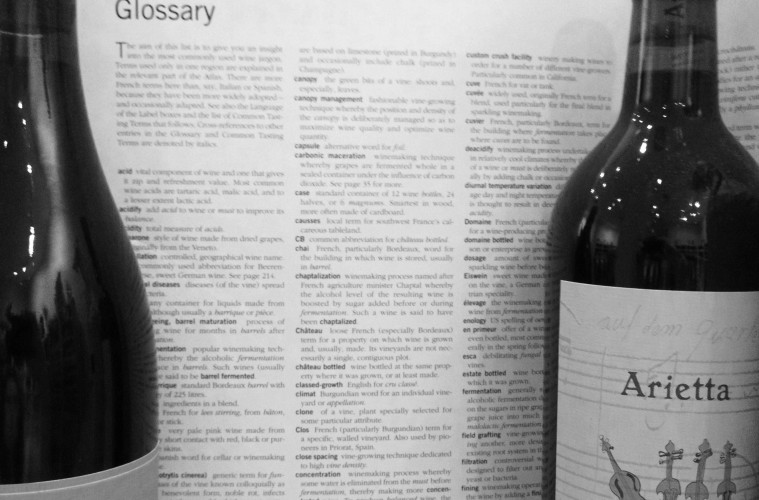
CONCLUSION
Winespeak can be confusing. It can even be misleading. If, however, you wish to understand what you read and to talk knowledgably about wine, you have to understand the basic terms. Those provided above are basic. They do not go into depth. They are a starting point. Take the list and build upon it. Remember, it is like learning a new language. Everything looks hard and is incomprehensible at the beginning. The more you read, study and speak it, the easier it is to understand. The same applies to winespeak. You have to practice, practice and practice.
